Technologies
Does the iPhone Have a Battery Aging Problem?
As another round of new iPhones nears, it’s time to take a closer look at how Apple’s batteries have withstood the test of time.
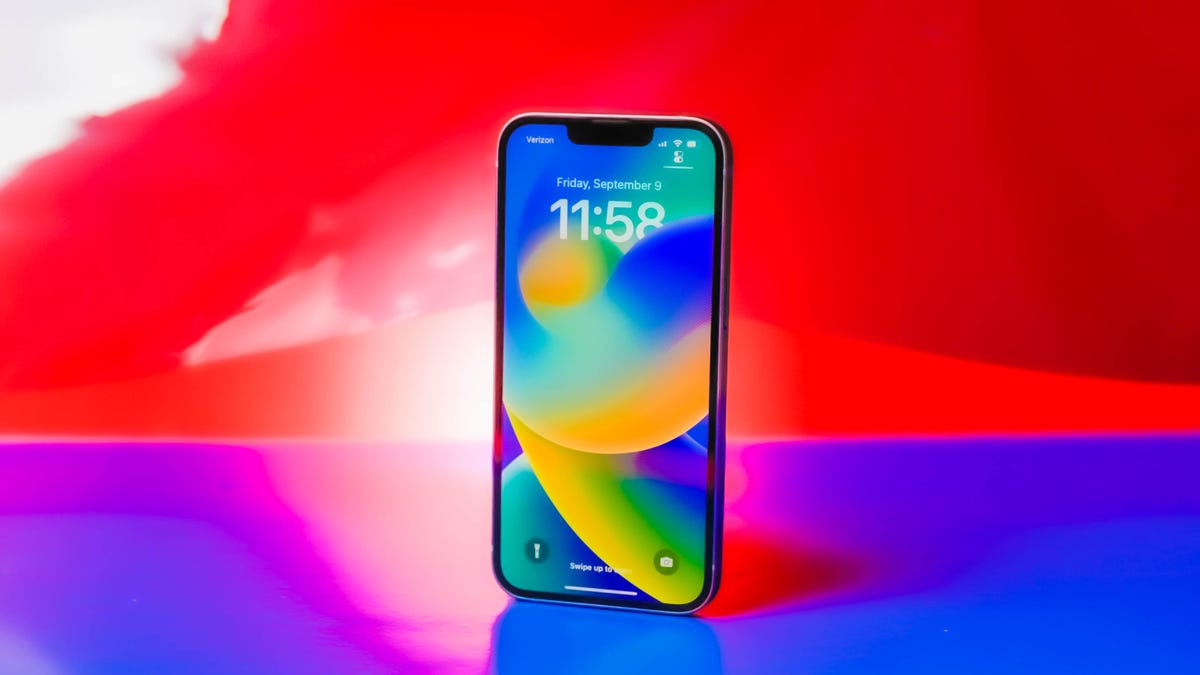
As happens nearly every year, September seems poised to bring about Apple’s latest batch of iPhones. The expansion of the iPhone 14 Pro and Pro Max’s «Dynamic Island» cutout seems like a near lock for the entire iPhone 15 line, as does the long-anticipated switch from Lightning to USB-C for wired charging.
When trying to figure out if Apple’s latest and greatest is worth the upgrade, an easy check is to see if you need a new battery. As we learned not too long ago, Apple will slow down the performance of iPhones with weaker battery health in order to preserve battery life. The 2017 «batterygate» scandal led to the company paying a $113 million settlement back in 2020 after an investigation was launched by 34 states and Washington, DC.
This month, a different $500 million settlement from a class action lawsuit stemming from the same issue was cleared by a judge.
Assuming you don’t pay for the AppleCare Plus insurance program, replacing a battery on most recent iPhones dating back to 2017’s iPhone X, will run $89 from Apple (not including tax or shipping if you’re sending your phone in).
Those who pay for AppleCare Plus, which ranges from $149 for two years of coverage on a third-generation iPhone SE all the way up to $269 for two years of coverage on an iPhone 14 Pro or Pro Max, can get a battery replacement from Apple for no cost if their battery’s maximum capacity falls below 80%.
Given the myriad of trade-in deals offered by Apple and wireless carriers, it may make sense to roll that money into what you’d spend on a new phone. Others, however, may be happy just replacing the battery and holding on for another year or two. Even if you don’t plan to upgrade this cycle, it is interesting to see how well recent iPhone batteries have lasted.
What is ‘battery health’ and a ‘maximum capacity’?
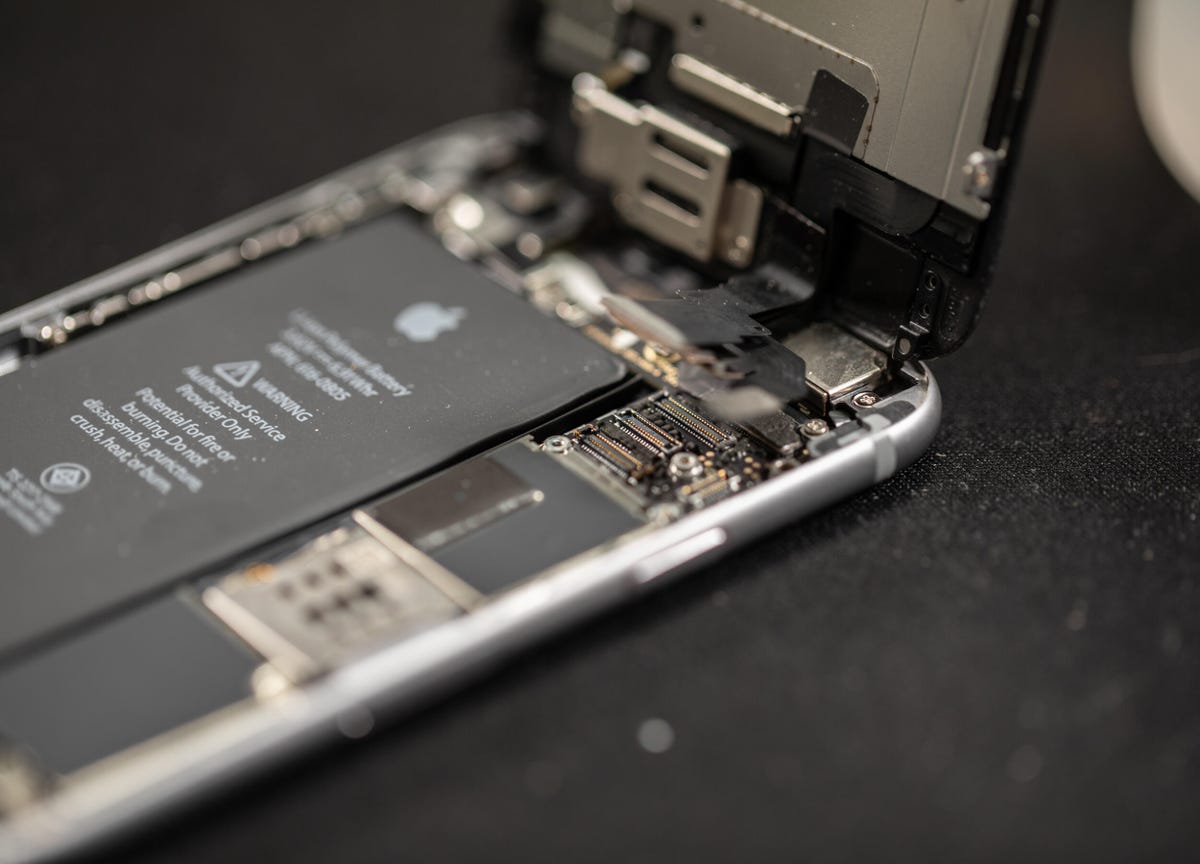
Lithium-ion batteries, like the ones found in most modern electronics, are finite resources that naturally degrade over time. As Apple describes on its website, these batteries work on what is known as «charge cycles» with one «cycle» taking place when you’ve discharged «an amount that equals 100% of your battery’s capacity.»
This doesn’t mean going from 100% to empty either. As Apple notes, «you might use 75% of your battery’s capacity one day, then recharge it fully overnight. If you use 25% the next day, you will have discharged a total of 100%, and the two days will add up to one charge cycle.»
As you use up cycles by using your phone, the amount it has diminishes. On a different support page, Apple says that the iPhone is designed to hold «up to 80% of its original capacity at 500 complete charge cycles when operating under normal conditions.»
While iOS doesn’t show how many charge cycles you’ve used, its «Maximum Capacity» section gives a peak into this metric.
Apple directed CNET to its various battery support pages when contacted for comment.
How you can check your battery health
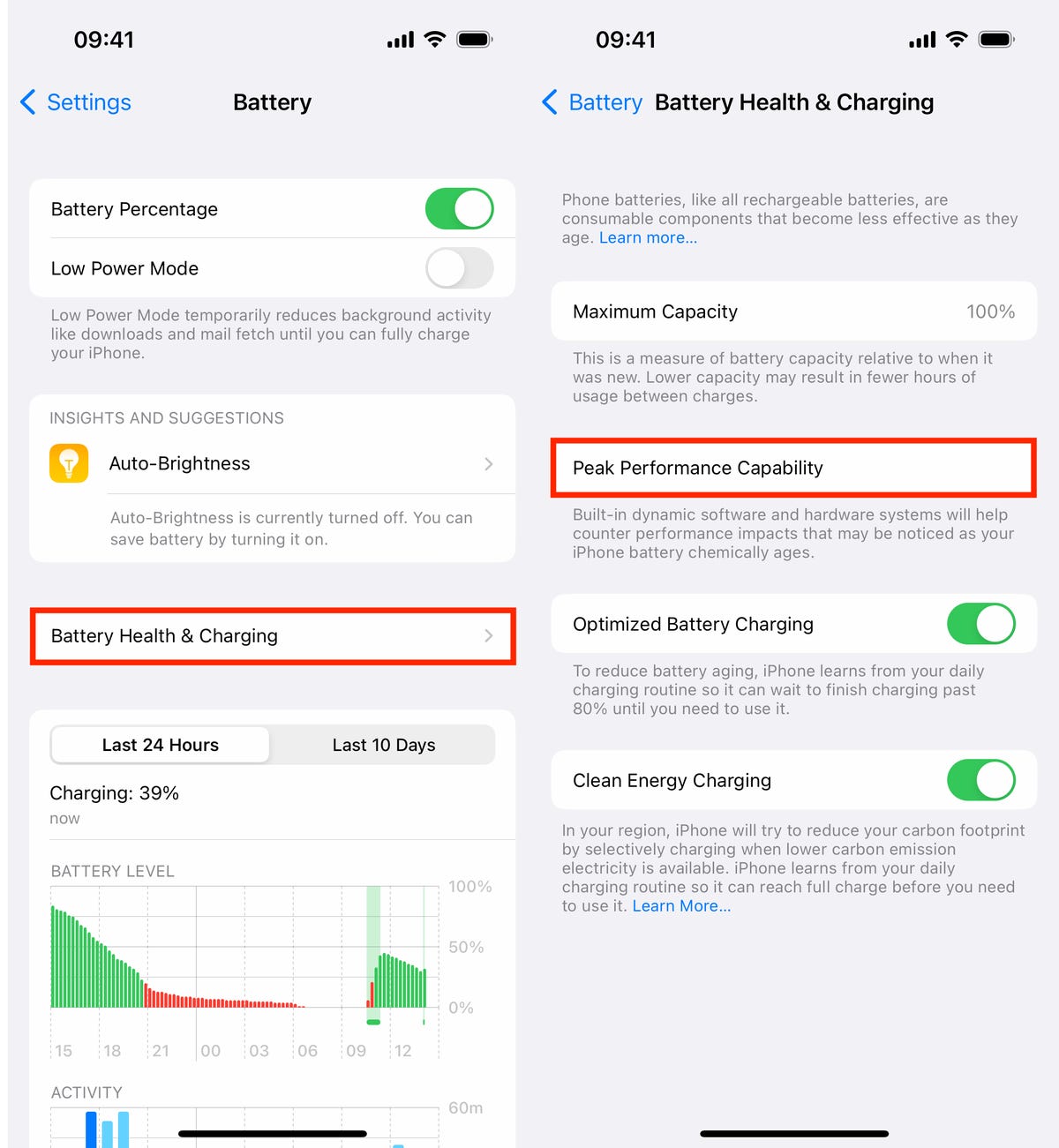
Apple gives steps for checking your battery health, and on most iPhones it can be done by going into Settings, then Battery and finally, Battery Health (or Battery Health & Charging). A «Maximum Capacity» section shows how much of your battery’s original capacity remains relative to when it was new.
If your battery is still operating normally, you’ll see that it has «peak performance capability» with small text underneath confirming that it’s «normal.»
If you’ve had a battery-related unexpected shutdown, you still may see peak performance but also a note that says Apple is using «performance management» to avoid future shutdowns. You can disable this setting if you want, though it will turn back on if another battery-related shutdown happens.
If your battery isn’t healthy, you may see a message alerting you that a replacement is needed if you want to get back to full performance or battery life. If your phone is otherwise fine for your needs, that $89 upgrade could be enough to get you back to running at full strength for a few more years.
What we learned: Your mileage will vary
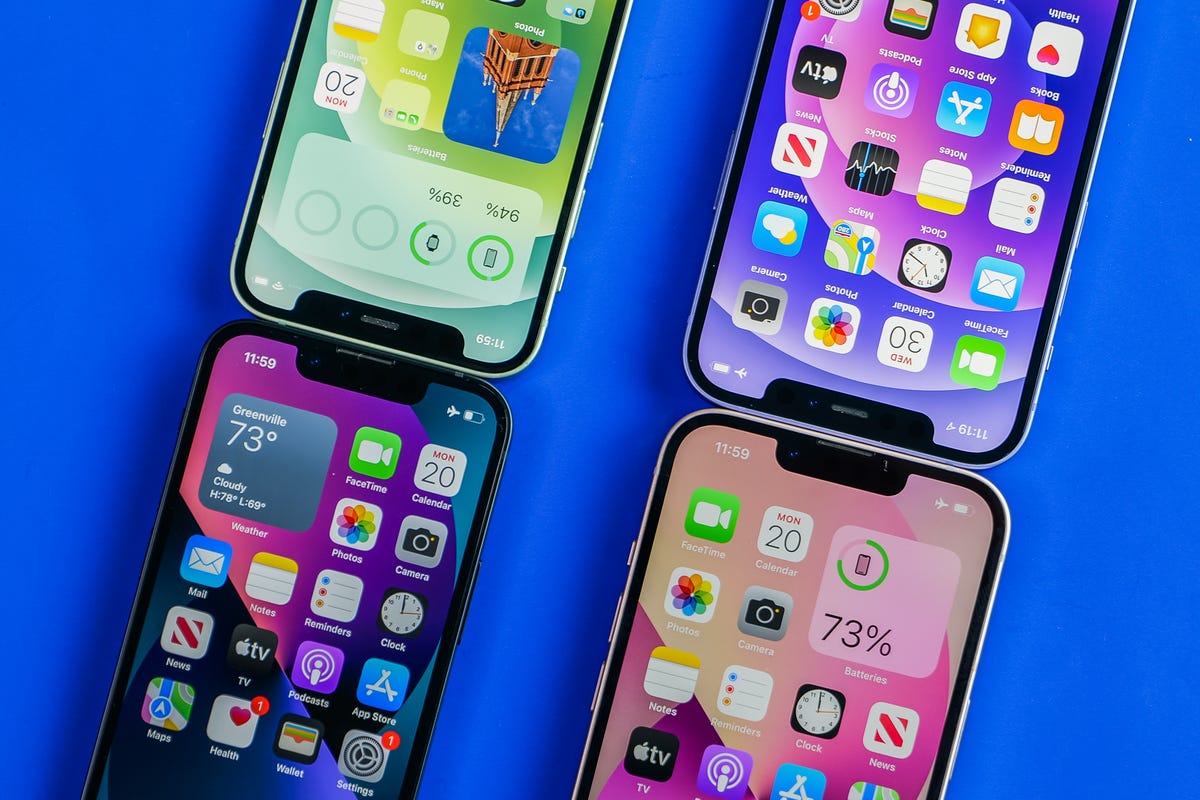
While by no means a scientific test, I polled 20 CNET staffers on Aug. 2 about their iPhones, looking at which model they used, when they purchased it and what its battery health was.
Nine CNET staffers were rocking the iPhone 12 line (either an iPhone 12, 12 Pro or 12 Pro Max), with most having purchased their phones at least 30 months ago. Battery max capacity across the line was surprisingly consistent: Even the oldest devices still were displaying a maximum battery capacity of at least 85%.
My colleague Bridget Carey also polled her followers on Instagram.
Two staffers were using iPhone 13 Pros, and their experiences couldn’t be more different. CNET computer expert Lori Grunin has had her iPhone for nearly 20 months and her battery’s maximum capacity was an impressive 95%. Commerce editor Russell Holly was not as lucky, with his iPhone 13 Pro showing just 73% max capacity nearly two years after purchasing it.
Results were similarly mixed for the nine CNET users who have upgraded their devices to the iPhone 14 line. Some, like CNET’s iPhone reviewer Patrick Holland, still have 100% max capacity on his iPhone 14 Pro Max nearly 11 months later. My own iPhone 14 Pro Max, meanwhile, shows a battery max capacity of 88% over roughly the same period.
I don’t seem to be alone, either, as Wall Street Journal reporter Joanna Stern tweeted out on Aug. 11 that her iPhone 14 Pro battery was at a similar level. Comments to the tweet showed some other iPhone 14 users getting similar results.
My iPhone 14 Pro is down to 88% battery capacity after less than a year.
Is it because I use my phone too much and have already hit 450 charge cycles?! (That’s what Apple Store says.) Is it from heat from fast charging? Is there something up with the battery?
My newsletter…— Joanna Stern (@JoannaStern) August 11, 2023
Most of CNET staff’s iPhone 14 models were the iPhone 14 Pro, with the battery’s maximum capacity generally 92% or better over a time period ranging from 9 to 11 months.
As Apple notes on that support page, rechargeable batteries are made up of «consumable components that become less effective as they chemically age.»
To help prevent random shutdowns, as the battery degrades, the iPhone’s iOS software will automatically take steps including slowing down the processor when opening apps, limiting screen refresh rates and brightness and even preventing you from using the camera’s flash.
As for what you can do if your iPhone’s battery is weak, disabling some iOS features could help give you a boost. And if you don’t want to trade it in for a new model or head to a store to replace the battery, Apple has even added the ability for people to replace iPhone batteries at home.
Technologies
These Anker Earbuds Are Down to $57 — and Even Amazon Couldn’t Resist Matching the Price
Grab yourself a solid pair of earphones that offer excellent noise cancellation and battery life.
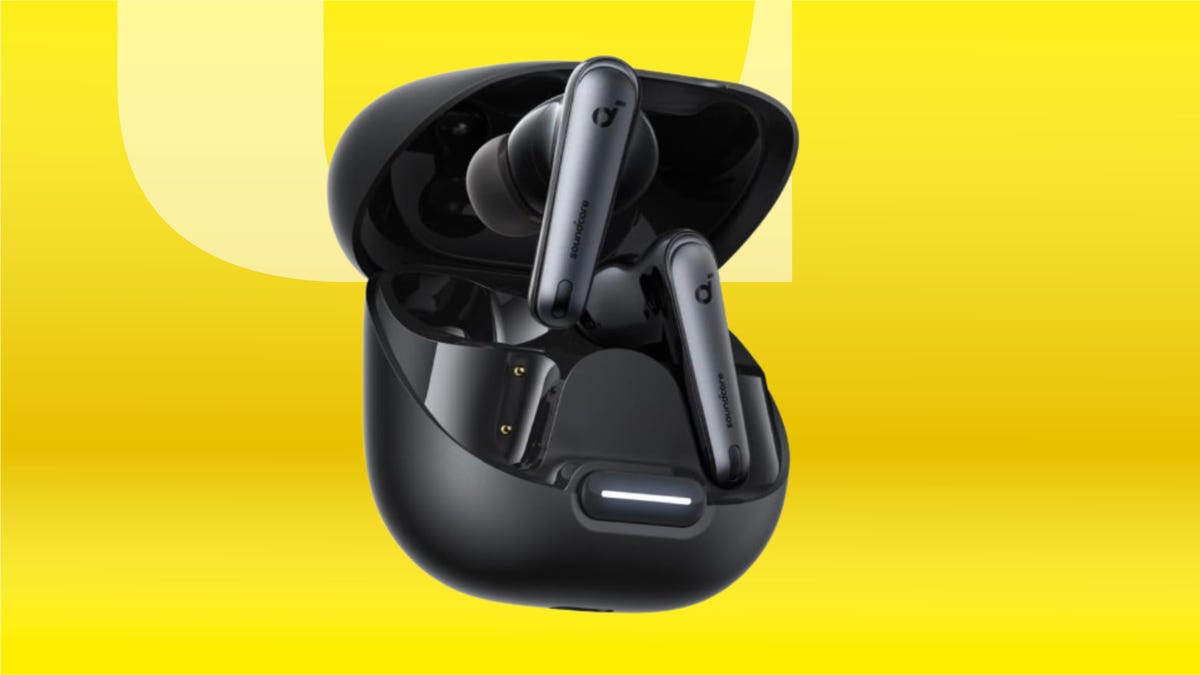
There are plenty of earbud options out there, but finding the right ones for you can feel nearly impossible as a result. But if you’re after some of the best noise-canceling wireless earbuds and you’d like to save some money, we might have the answer for you.
Best Buy is running a one-day sale on the excellent Anker Soundcore Liberty 4 NC earbuds, knocking the price to just $57 — which matches the lowest price we’ve seen yet. And Amazon’s price-matching. With a 43% discount, now’s the time to grab a pair before this limited-time deal disappears.
These earbuds have 11mm drivers, as well as hi-res wireless, LDAC technology and adaptive noise canceling that should reduce noise from your environment by up to 98.5%, according to Anker. That means you can stay immersed in the music (or other content you love) regardless of what’s going on around you.
Plus, because they’re equipped with six mics, they offer good call quality, regardless of your environment. We found them comfortable, too, and loved the bass they put out.
Hey, did you know? CNET Deals texts are free, easy and save you money.
The Liberty 4 NC earbuds have an impressive battery life as well, offering up to 10 hours of playback per charge, with an additional 50 hours available with the charging case. And just 10 minutes of fast charging can get you up to four hours of playback. They’re also rated IPX4 water-resistant, so any inclement weather while you’re out shouldn’t cause these buds any harm.
Another great feature these earbuds offer is multipoint connection, which lets you connect to your phone and your computer at once, which is super convenient. That’s a lot of features for earbuds this affordable.
If you’re not totally sold on this model, be sure to check out our roundup of all the best headphone and earbuds deals happening now.
HEADPHONE DEALS OF THE WEEK
-
$300 (save $51)
-
$299 (save $151)
-
$220 (save $180)
Why this deal matters
These excellent earbuds are now available at their record-low price. Best Buy is limiting this discount to a one-day sale, and we expect Amazon to end the deal around the same time, so be sure to grab a pair before this opportunity expires.
Join Our Daily Deals Text Group!
Get hand-picked deals from CNET shopping experts straight to your phone.
By signing up, you confirm you are 16+ and agree to receive recurring marketing messages at the phone number provided. Consent is not a condition of purchase. Reply STOP to unsubscribe. Msg & data rates may apply. View our Privacy Policy and Terms of Use.
Technologies
The Apple Watch Ultra 3 Just Got Its First Proper Discount, but It Won’t Last Long
The latest rugged smartwatch from Apple is yours for just $700 right now.
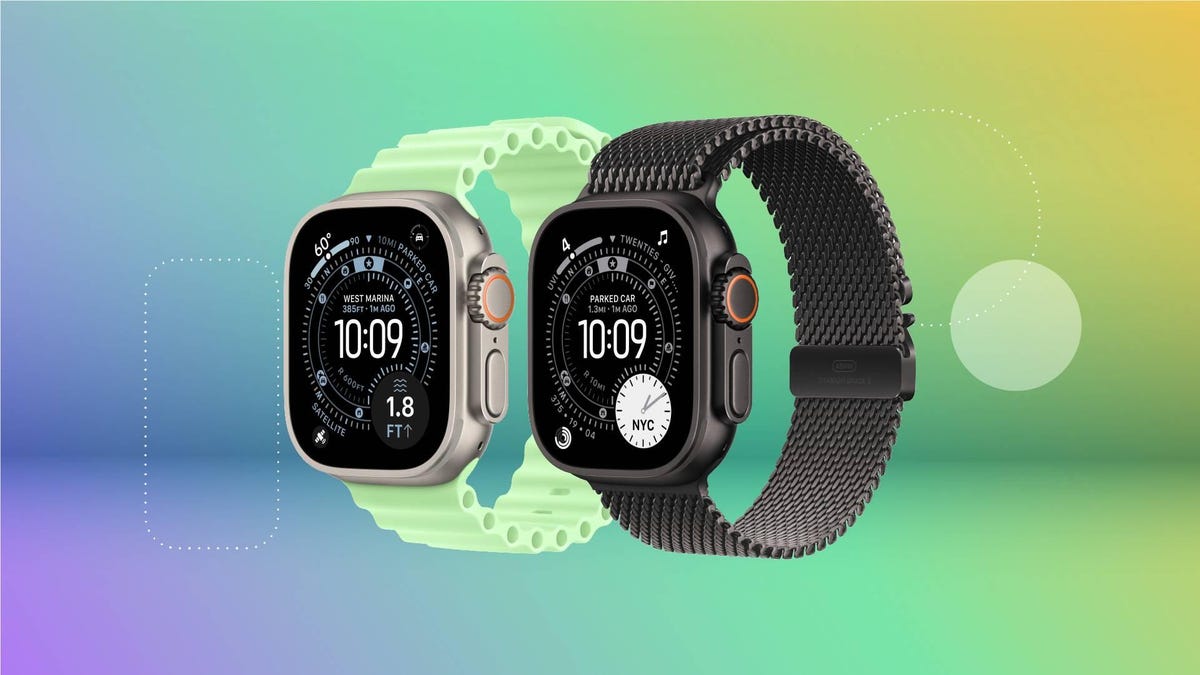
The Apple Watch Ultra 3 has only been on sale for a few weeks, but it’s already available for its first real discount. Getting one of the best smartwatches money can buy isn’t going to be cheap, but this deal saves you $99 off the usual asking price. But be warned, we don’t expect this early Black Friday deal to last long.
The result? You’ll pay just $700 for your new Apple Watch Ultra 3, with a couple of colors and band combinations available. These prices often fluctuate, so we suggest checking out all available pairings before placing your order. Apple Watch Ultra 3 deals are likely to come and go quickly.
All Apple Watch Ultra 3 models come with cellular modems inside so you can connect them to your carrier — assuming it supports the Apple Watch’s eSIM. That’ll allow you to stay connected even when you don’t have your iPhone with you.
Hey, did you know? CNET Deals texts are free, easy and save you money.
The Apple Watch Ultra 3 comes in a large 49mm size, so it’s easy to read. Despite that huge display, Apple Watch Ultra 3 owners can expect long-lasting battery life. In fact, the Apple Watch Ultra 3 can run for up to 42 hours in normal mode and a whopping 72 hours in its low-power mode.
This being an Apple Watch, it comes with all of the usual health and fitness monitoring features, as well as sleep tracking. It can monitor your heart rate, track your progress thanks to its precise dual-frequency GPS, and do a whole lot more.
If the standard Apple Watch models can’t quite live up to your busy, active lifestyle, this is the model for you. Be sure to order your new smartwatch before this deal expires.
SMARTWATCH DEALS OF THE WEEK
-
$329 (save $100)
-
$200 (save $100)
-
$200 (save $100)
-
$500 (save $150)
Why this deal matters
The latest Apple Watch Ultra 3 is the best of its kind. It has a new display that’s designed to be easier to read and has an impressive battery life. It isn’t the cheapest smartwatch on the market, but if you want the best that Apple has to offer, now is the time to place your order — before this deal ends.
Looking for savings on other models? Check out all the best Apple Watch deals happening now.
Join Our Daily Deals Text Group!
Get hand-picked deals from CNET shopping experts straight to your phone.
By signing up, you confirm you are 16+ and agree to receive recurring marketing messages at the phone number provided. Consent is not a condition of purchase. Reply STOP to unsubscribe. Msg & data rates may apply. View our Privacy Policy and Terms of Use.
Technologies
Here’s the Best Time to Spot November’s Supermoon, the Brightest Moon of 2025
Does the moon look brighter and bigger? It’s not just you — here’s why this month’s supermoon is even more super.

November is a great month for skygazers, featuring a trio of meteor showers and the return of the northern hemisphere winter constellations. This week, it also features the second of four consecutive supermoons. This month’s supermoon will happen on Nov. 4-5, and November’s beaver moon is special because it’ll be the brightest full moon of 2025.
Don’t miss any of our unbiased tech content and lab-based reviews. Add CNET as a preferred Google source.
In addition to being a supermoon, November’s full moon is known as the beaver moon. There is some debate as to why it was named this way. Some believe that this was the best time of year in the old days to set beaver traps to get pelts for winter clothing. Others believe that it coincides with the busiest part of the year for beavers, who are now stocking their lodges with supplies for the upcoming winter.
The brightest supermoon: When’s the best time to see it?
The moon will reach peak illumination at 8:19 a.m. ET on Nov. 5, making the evening of Nov. 4 and the morning of Nov. 5 the best times to view the moon.
Since moon phases shift slowly, the moon will appear almost full for nearly a week. If you are unable to view the full moon on its best night due to weather or other reasons, you can still see a mostly full moon at any point from Nov. 3 to Nov. 8.
For all of those days, the moon will be measurably brighter in the night sky compared to any other full moon in 2025. The reason for this is because of the moon’s elliptical orbit. Since it’s not a perfect circle, the moon’s 27.3-day journey around the Earth brings it closer to us on some days, a phenomenon known as perigee. If there is a full moon during this time, it’s branded as a «perigean full moon,» which you may know better as a supermoon.
Not all supermoons are equal, and November’s will be a little more special than others. According to The Farmer’s Almanac, the beaver moon will be a scant 221,817 miles away from Earth, making it the closest full moon of the year. That means it’ll be the biggest and brightest of the year.
In practice, the differences are fairly minor and likely won’t be visible to the naked eye when compared side by side to other supermoons. A supermoon is only about 7% larger than a regular full moon. According to NASA, the biggest difference is when comparing a supermoon to a micromoon, where a supermoon will be about 14% larger and 30% brighter. So, if you notice that your backyard patio is lit up more than usual, it’s because of the supermoon.
Also due to the moon’s orbit, November will also bring a micro new moon, which means the moon will be as far away from the Earth as it can get — a phenomenon known as apogee. November’s new moon occurs on Nov. 20, but you won’t be able to see it.
-

 Technologies3 года ago
Technologies3 года agoTech Companies Need to Be Held Accountable for Security, Experts Say
-

 Technologies3 года ago
Technologies3 года agoBest Handheld Game Console in 2023
-

 Technologies3 года ago
Technologies3 года agoTighten Up Your VR Game With the Best Head Straps for Quest 2
-

 Technologies4 года ago
Technologies4 года agoVerum, Wickr and Threema: next generation secured messengers
-

 Technologies4 года ago
Technologies4 года agoBlack Friday 2021: The best deals on TVs, headphones, kitchenware, and more
-

 Technologies4 года ago
Technologies4 года agoGoogle to require vaccinations as Silicon Valley rethinks return-to-office policies
-

 Technologies4 года ago
Technologies4 года agoOlivia Harlan Dekker for Verum Messenger
-

 Technologies4 года ago
Technologies4 года agoiPhone 13 event: How to watch Apple’s big announcement tomorrow
